Summary
The most prevalent fish species in the area include bass, crappie, catfish, and bluegill.
Besides fishing, visitors to Dillard Place can also enjoy nearby activities such as hiking, camping, and boating. These activities are perfect for families and groups of friends who want to make the most of their visit to this beautiful location.
When fishing at Dillard Place, it is recommended to use live bait, such as worms or minnows, for the best results. Additionally, anglers should focus their efforts on fishing around brush piles, submerged trees, and other structures to increase the chances of catching fish.
The best time of year to visit Dillard Place is during the spring and fall months, as temperatures are mild and fish are most active during these seasons. The average temperature during these times is around 60 to 70 degrees Fahrenheit, making it ideal for outdoor activities.
In summary, Dillard Place is an excellent fishing spot in Tennessee for those looking to catch bass, crappie, catfish, and bluegill. Visitors can enjoy a variety of activities, including hiking, camping, and boating, and anglers can improve their chances of catching fish by using live bait and targeting structures. The best time to visit is during the spring and fall months, with average temperatures ranging from 60 to 70 degrees Fahrenheit.
Weather Forecast
Nearby Streamflow Levels
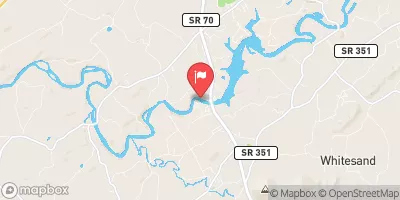 Nolichucky River Below Nolichucky Dam
Nolichucky River Below Nolichucky Dam
|
722cfs |
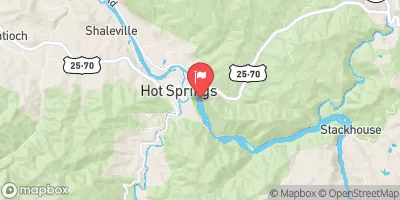 French Broad River At Hot Springs
French Broad River At Hot Springs
|
1070cfs |
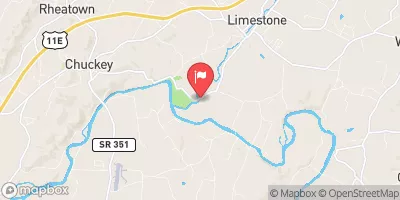 Big Limestone Creek Near Limestone
Big Limestone Creek Near Limestone
|
21cfs |
 French Broad River At Marshall
French Broad River At Marshall
|
886cfs |
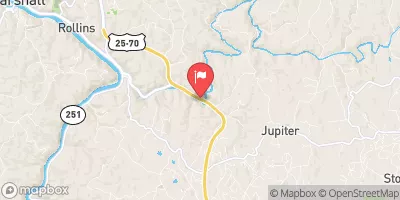 Ivy River Near Marshall
Ivy River Near Marshall
|
52cfs |
 Nolichucky River At Embreeville
Nolichucky River At Embreeville
|
2020cfs |
Angling Safety Guidelines
Check local fishing rules, seasons, size limits, and license requirements to ensure legal and sustainable angling.
Handle Fish Responsibly
Use wet hands, minimize air exposure, and release fish gently to improve survival rates when practicing catch-and-release.
Choose the Right Gear
Match your rod, line, and tackle to the species and conditions to increase success and reduce unnecessary harm to fish.
Respect the Waterway
Avoid disturbing habitat, prevent bank erosion, and keep a safe distance from spawning areas to protect ecosystems.
Keep It Clean
Pack out all line, hooks, bait containers, and trash—discarded gear can injure wildlife and degrade waterways.
Related Links
Area Campgrounds
| Location | Reservations | Toilets |
|---|---|---|
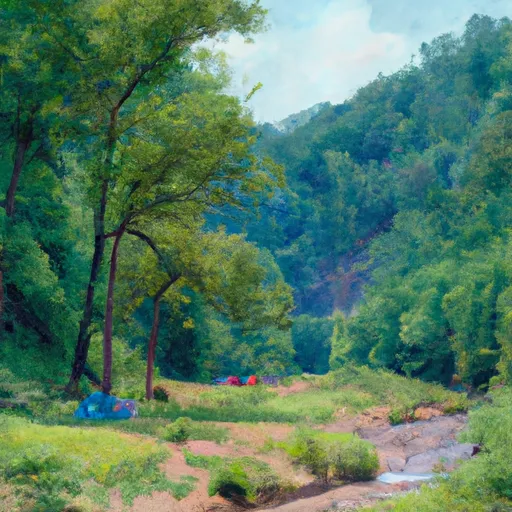 Paint Creek
Paint Creek
|
||
 Paint Creek Campground
Paint Creek Campground
|
||
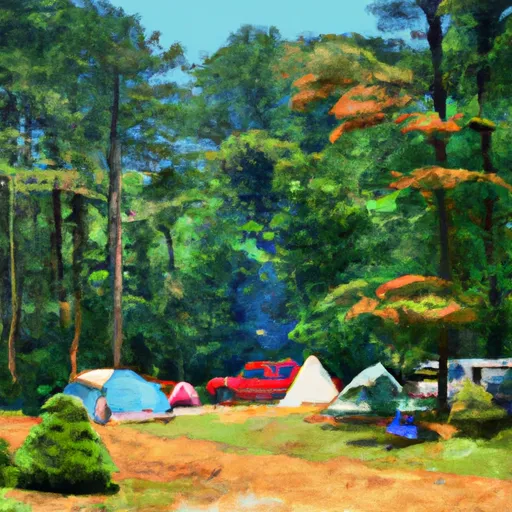 Courtland Place
Courtland Place
|
||
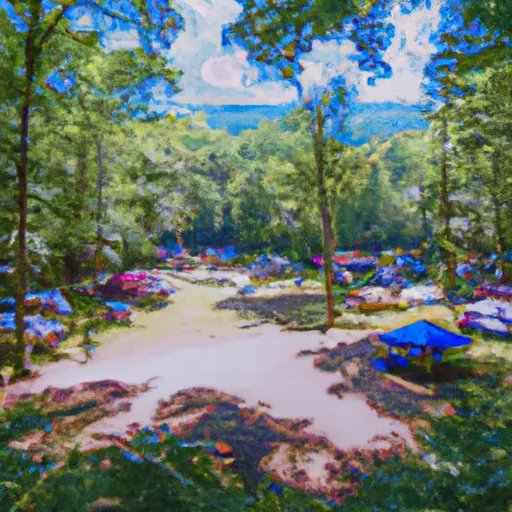 Old Forge Campground
Old Forge Campground
|
||
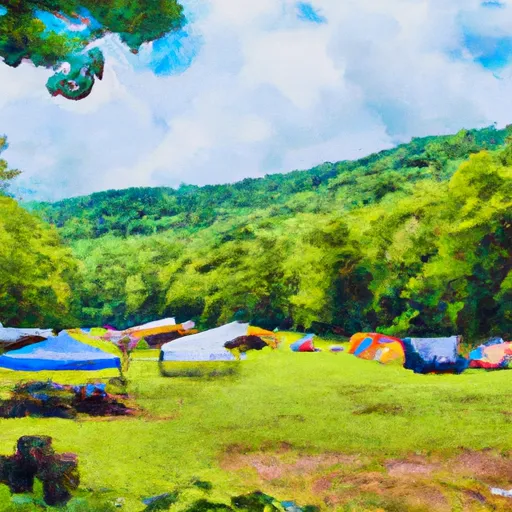 Old Forge Recreation Area
Old Forge Recreation Area
|
||
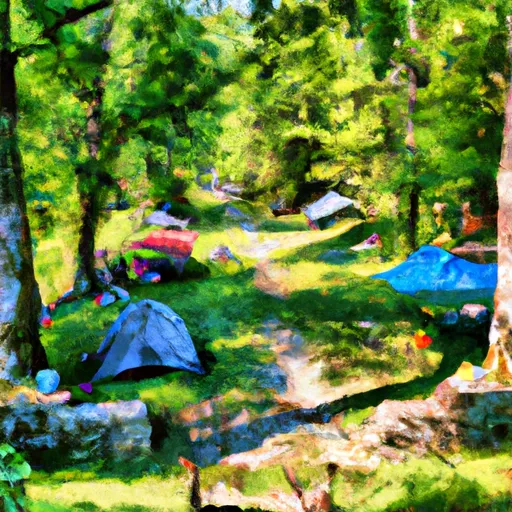 Old Forge
Old Forge
|

 Moses Turn
Moses Turn
 Allen Branch Pond
Allen Branch Pond
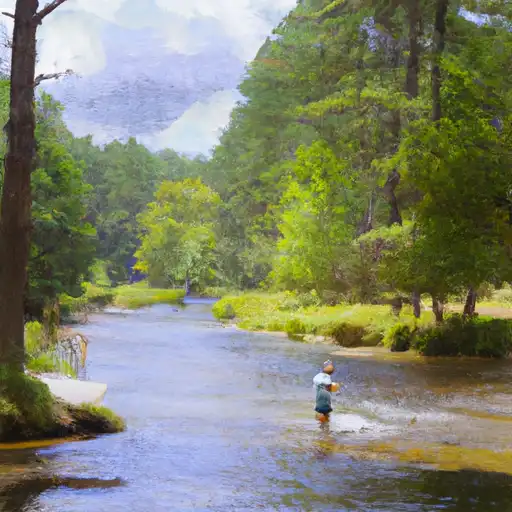 Big Pine Creek
Big Pine Creek
 Uhls
Uhls